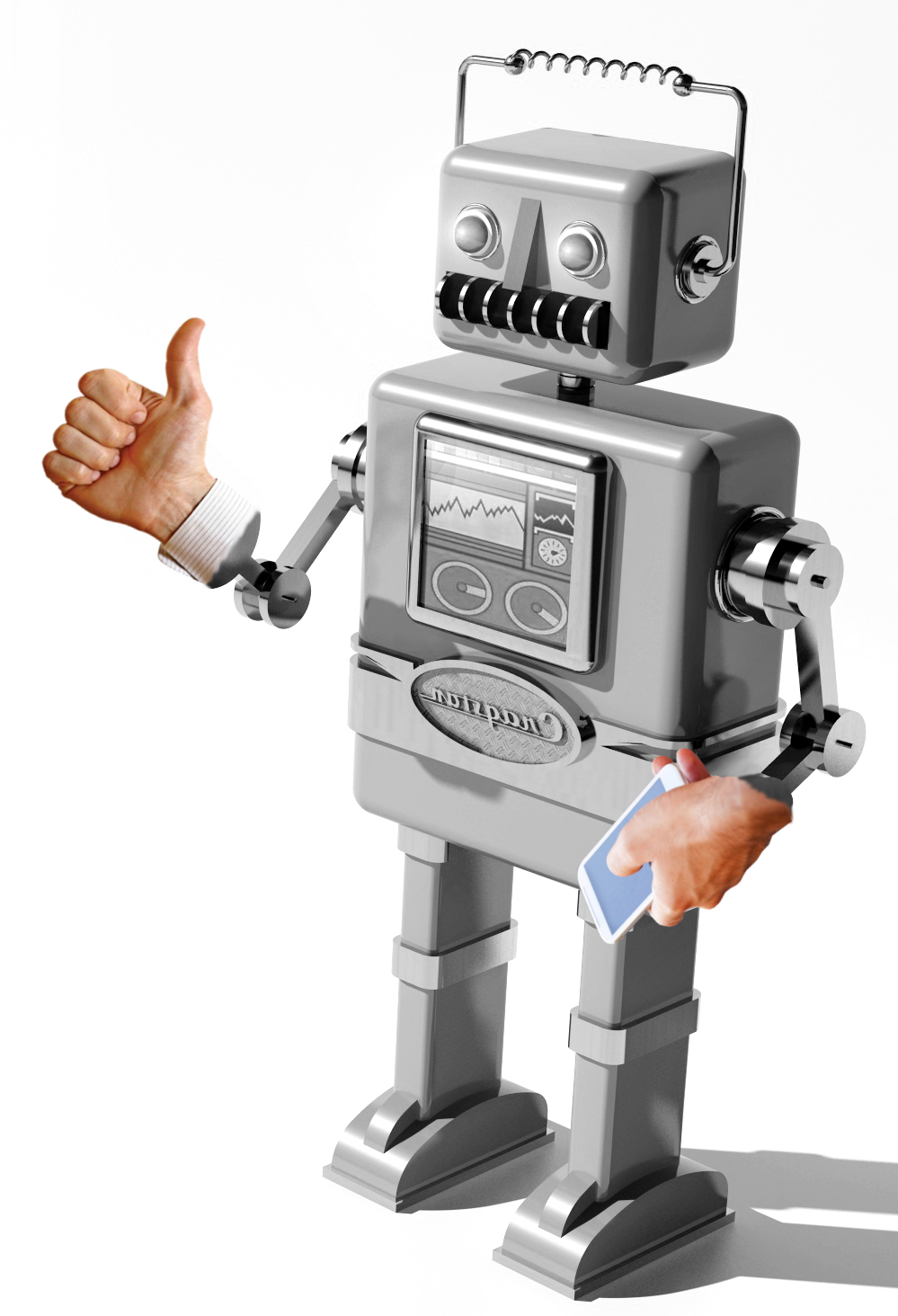Bionic hands grasp mind-controlled future
 Robot hands are here.
Robot hands are here.
Three men with severe nerve damage have had their hands amputated and replaced with bionic ones that they can control with their minds.
With a just a few working nerves intact, a team at the Medical University of Vienna were able to successfully complete a procedure dubbed “bionic reconstruction”.
The patients had suffered accidents that almost destroyed their brachial plexus – a bundle of nerve fibres that control the hand.
“There are some nerve fibres present,” said Dr Oskar Aszmann, who carried out the procedure.
“The injury is so massive that there are only a few. This is just not enough to make the hand alive. They will never drive a hand, but they might drive a prosthetic hand.”
The bionic hands only require a few connections with the nervous system because they have their own power supply.
In fact, Dr Aszmann's patients plug their hands in to charge every night.
This means that all the nerves and associated muscles need to do is send signals to the prosthetic.
The Austrian lab’s approach uses a grafted muscle to relay signals from the brain to the prosthesis.
But to do this, the patients had leg muscle transplanted into their arms to boost the signal from the remaining nerve fibres.
When nerves had grown into the relocated muscle, the men had an armband of sensors installed, which allowed them to control a virtual arm.
Finally, Dr Aszmann amputated their hands and replaced the sensors with a unit to control a physical prosthesis.
Using a robot hand in this way is much simpler than any kind of biological equivalent.
The muscles in the hands have a higher density of nerves than anywhere else in the body, and are simply too complex for surgeons to try to re-wire.
“There are about 70,000 nerve fibres to a normal hand, and the majority of these are sensory fibres carrying hand-to-brain information,” Aszmann says.
“Only 10 per cent are motor fibres.”
A report on the astounding procedure has been published in The Lancet.
The hand can be seen in action, below.







 Print
Print